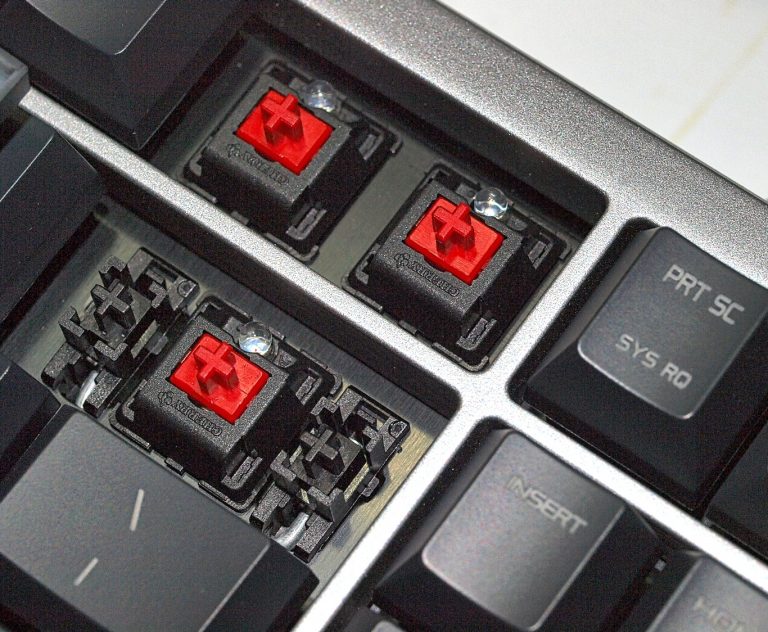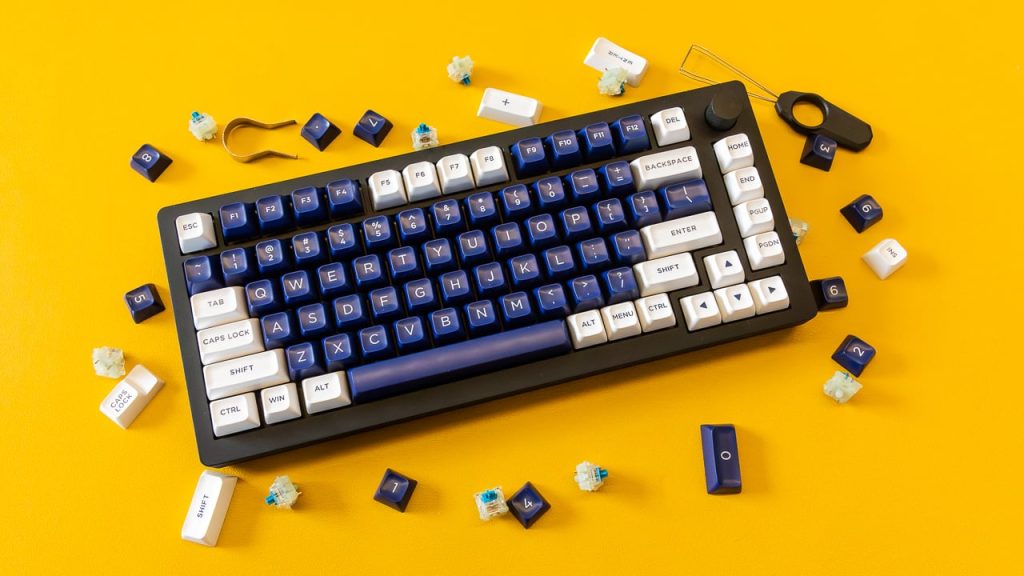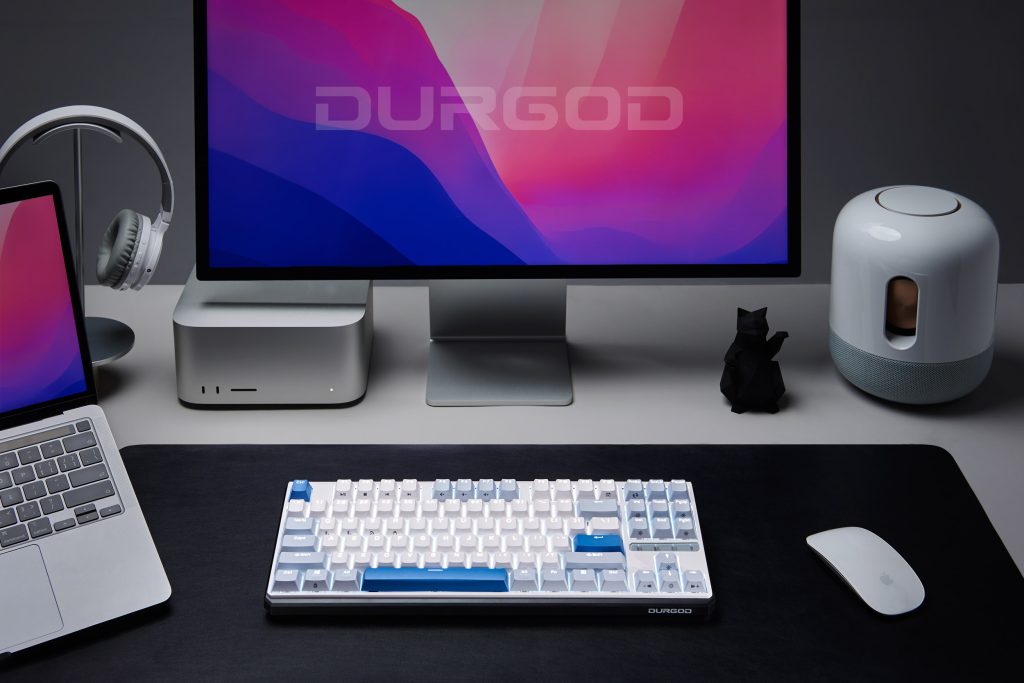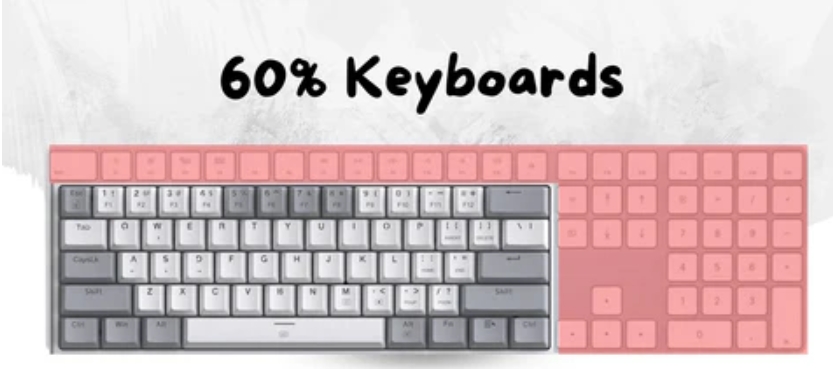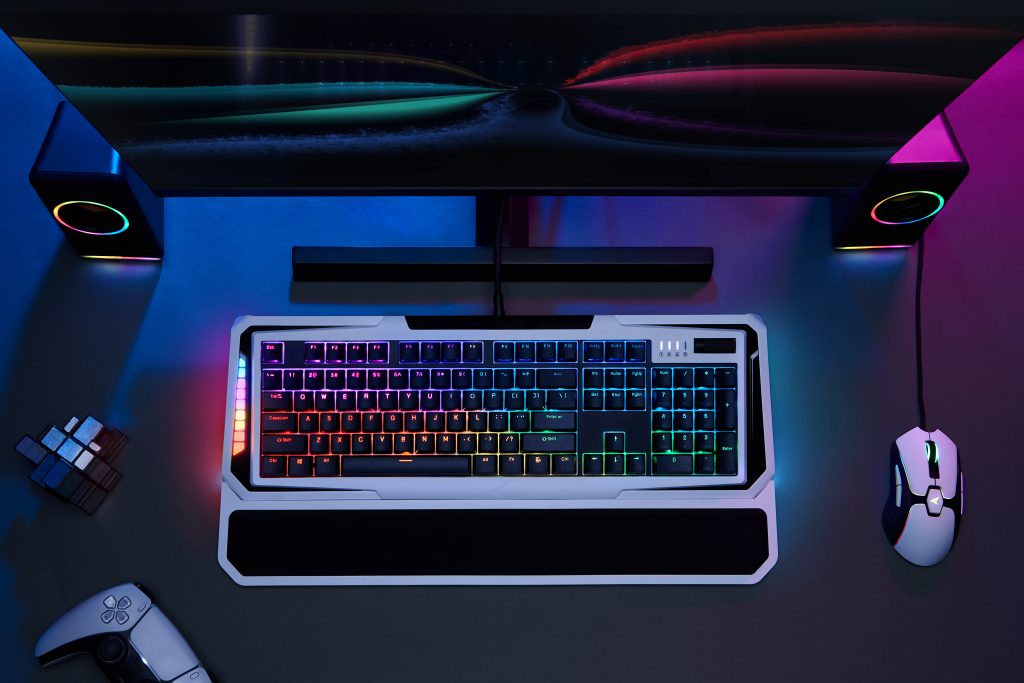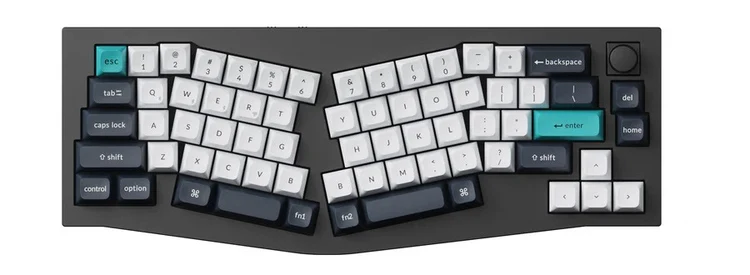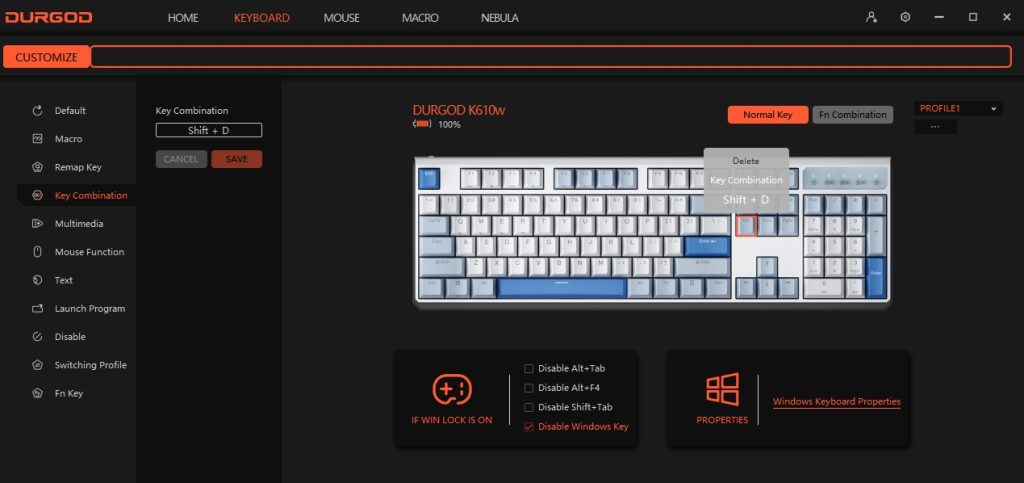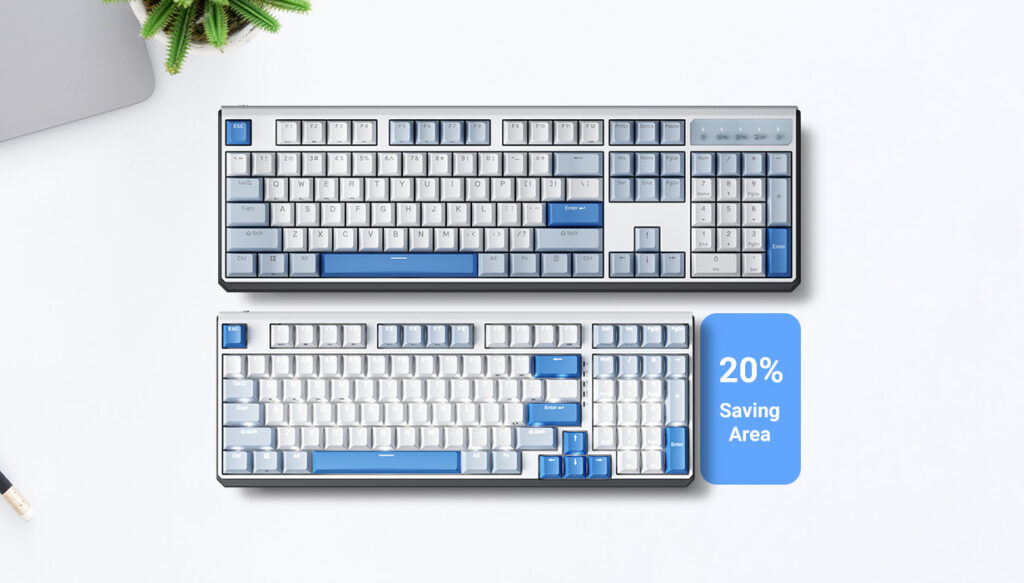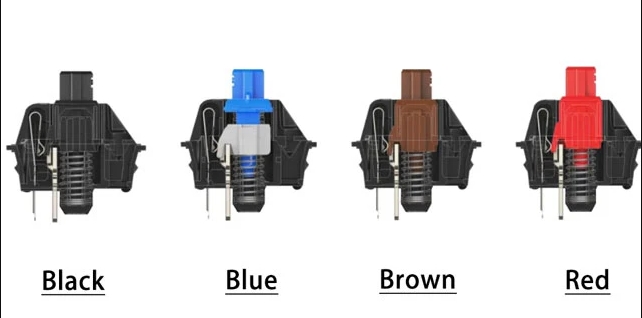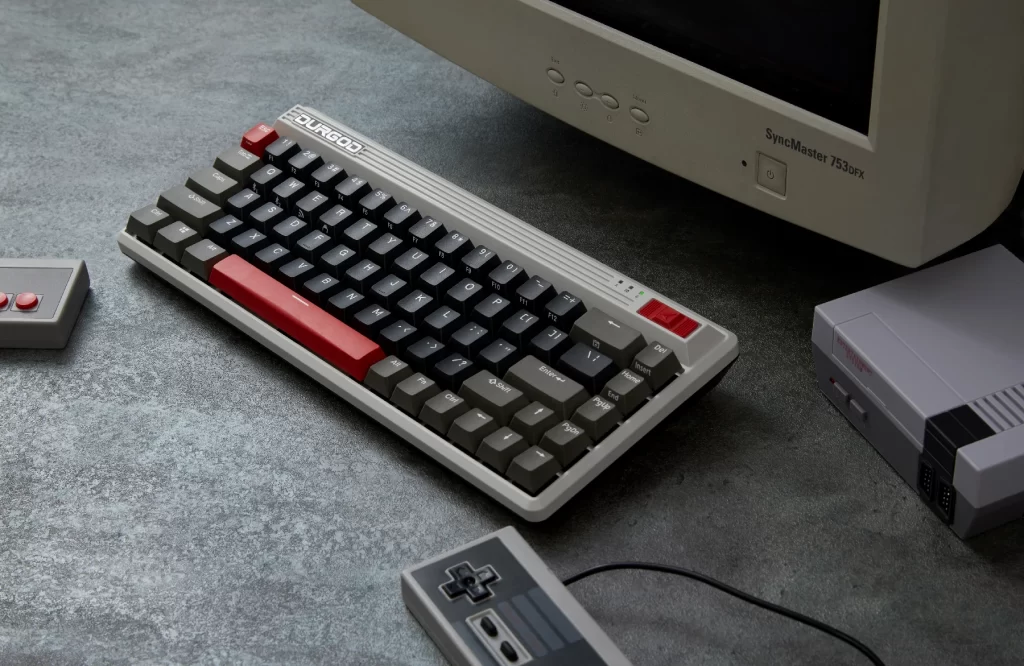The story of Cherry keyboards traces back to its modest origins in a restaurant basement, evolving into a renowned global leader in mechanical keyboards and switches, known for its precision engineering and legendary switches.
1950s: Before Cherry Keyboards
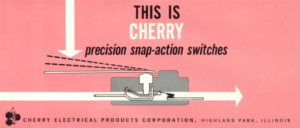
Cherry E13-00E microswitch
In 1953, Walter Lorain Cherry initiated the production of microswitches from a basement in Highland Park, Illinois. Cherry Electrical Products swiftly expanded, catering to the automotive sector and flourishing in tandem with companies like Ford. Nevertheless, it would be another twenty years before Cherry keyboards emerged.
1960s: European Expansion

In 1963, Cherry extended its operations to Europe, establishing facilities in West Germany. This strategic move has been instrumental in defining the company’s identity, blending German engineering with American business acumen. Despite a decade passing before the inception of the initial Cherry keyboard, the company’s steadfast focus on switches during the 1960s paved the way for groundbreaking innovations in subsequent years.
1970s: The First Cherry Keyboard Switch
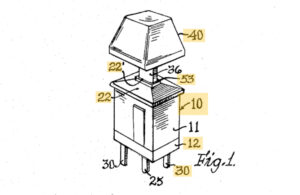
First Cherry Keyboard Switch
In 1973, Cherry unveiled its inaugural keyboards, showcasing newly patented switches introduced the same year. Rather than retailing directly to consumers, the company primarily manufactured keyboards for other brands. Over the course of the 1970s, Cherry maintained its commitment to advancing keyboard switch technology, culminating in the development of the M6, which laid the groundwork for the renowned Cherry MX series.
1980s: Revolutionary Cherry MX Switches
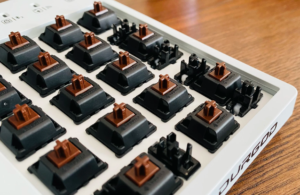
Cherry Switches
In 1983, Cherry transformed the keyboard industry with the launch of the Cherry MX switch, renowned for its durability of up to 20 million keystrokes. This innovation spawned a range of Cherry MX switches. It is prized by contemporary gamers and productivity enthusiasts for their blend of resistance, tactile feedback, and audible click. Distinguished by stem colors like Red, Black, Blue, Brown, and Green, certain Cherry MX switches now boast lifespans exceeding 100 million keystrokes.
In 1984, Cherry debuted the Cherry G80-0427 keyboard, featuring Cherry MX Black switches, alongside the Apple IIe-compatible Cherry G80-0418 and the IBM-compatible G80-0413. These keyboards sported double-shot ABS keycaps, though there were inconsistencies in keycap thickness due to production factors.
During this era, Cherry embraced a direct-to-consumer model for select keyboards, launching the G80-1000 in 1987, tailored for the burgeoning desktop market. With a Model M-style layout, n-key rollover, and premium construction, the G80-1000 became a fixture in the computer market throughout the ’90s and 2000s.
In 1988, Cherry introduced the iconic G80-3000, a full-size keyboard design that remains in production today. Renowned for its intuitive IBM Enhanced-inspired layout, double-shot ABS keycaps, and Cherry MX switches, early models even featured n-key rollover. The keyboard has evolved over time, incorporating features like Windows keys in the mid-’90s and introducing noise-reducing variants like the 2017 MX Board Silent, employing MX Red Silent and MX Black Silent switches.
1990s: Continued Growth for Cherry Keyboards
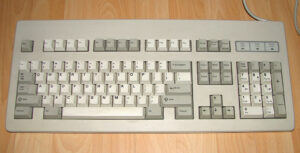
Throughout the 1990s, Cherry remained a consistent producer of high-quality keyboards, with one notable standout being the G80-3000 series, manufactured between 1990 and 1992. These keyboards featured durable PBT keycaps adorned with dye-sublimated legends, widely regarded as some of Cherry’s finest work. Even years later, they retain significant value on secondary markets due to their superior quality and craftsmanship.
Another noteworthy offering from Cherry during this decade was the G80-1800 series, which remains in production to this day and has seen various iterations. Among these was the G80-2100, a programmable keyboard that allowed users to store macros onto a 2-KB internal storage drive powered by batteries. This innovation added a level of customization and convenience for users seeking more tailored keyboard experiences.
In response to the growing ergonomic movement of the mid-1990s, Cherry introduced the ErgoPlus keyboard, a unique split design aimed at providing users with improved comfort and ergonomics. Despite its innovative approach, the ErgoPlus enjoyed only a brief four-year lifespan in production before being discontinued. However, its existence underscores Cherry’s commitment to adapting to evolving user needs and preferences in the keyboard market.
2000s and Beyond: Cherry Moves More Heavily into Mechanical Switches
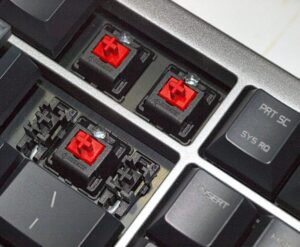
Cherry G80-3930
The rise of Esports and productivity software led to a surge in Cherry keyboard and Cherry MX switch demand. Furthermore, it is widely regarded as the premier choice for keyboard switches. Engineered for top-notch performance, comfort, and longevity, Cherry MX switches offer:
- Precision CAD housings with next to no tolerance
- Color stems with linear, tactile, or clicky actuation types
- Gold crosspoint contacts
- Coil springs with various resistance ratings
Cherry Moves More Heavily into Mechanical Switches
For more knowledge of mechanical keyboards, visit DURGOD.



